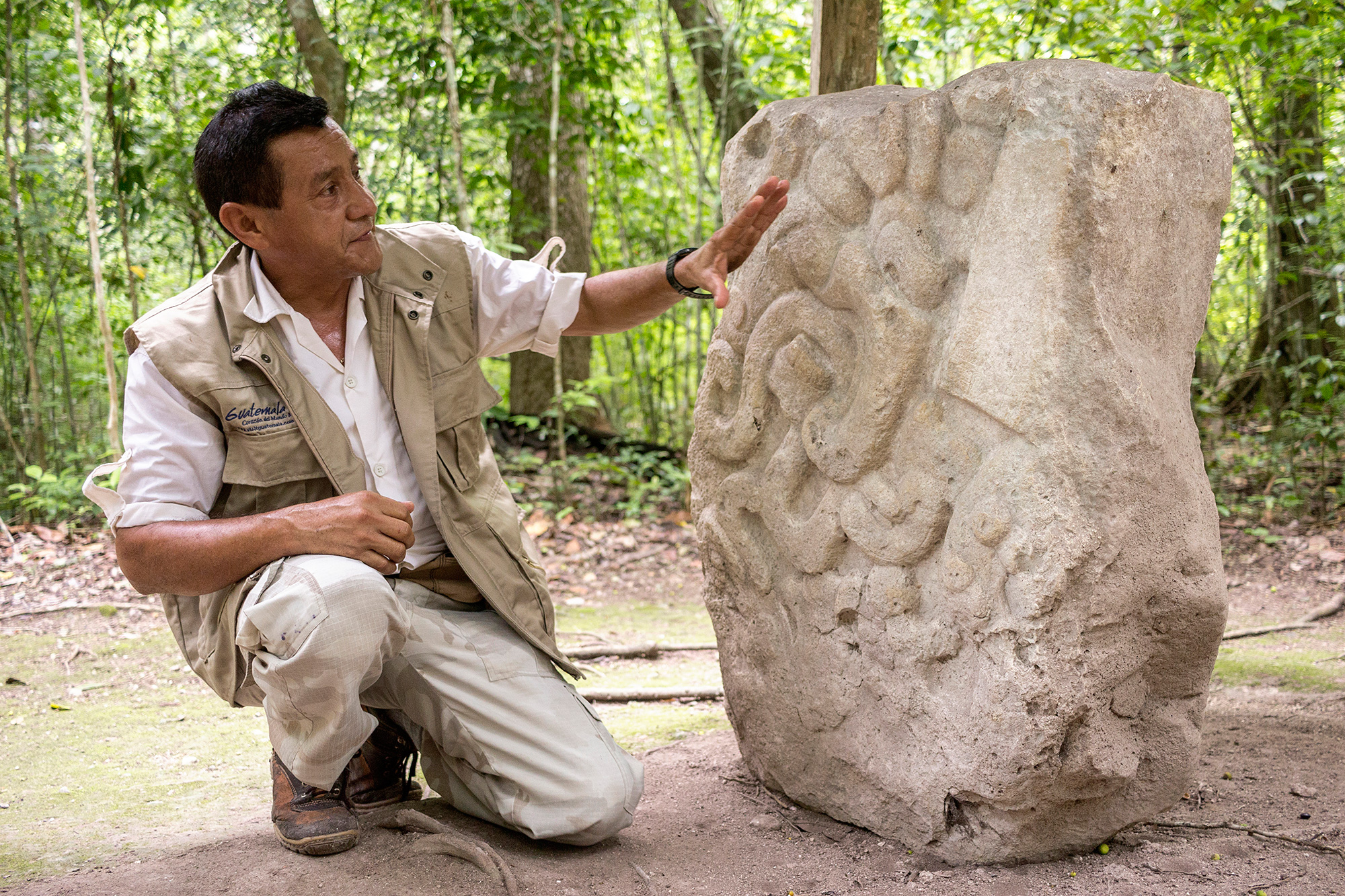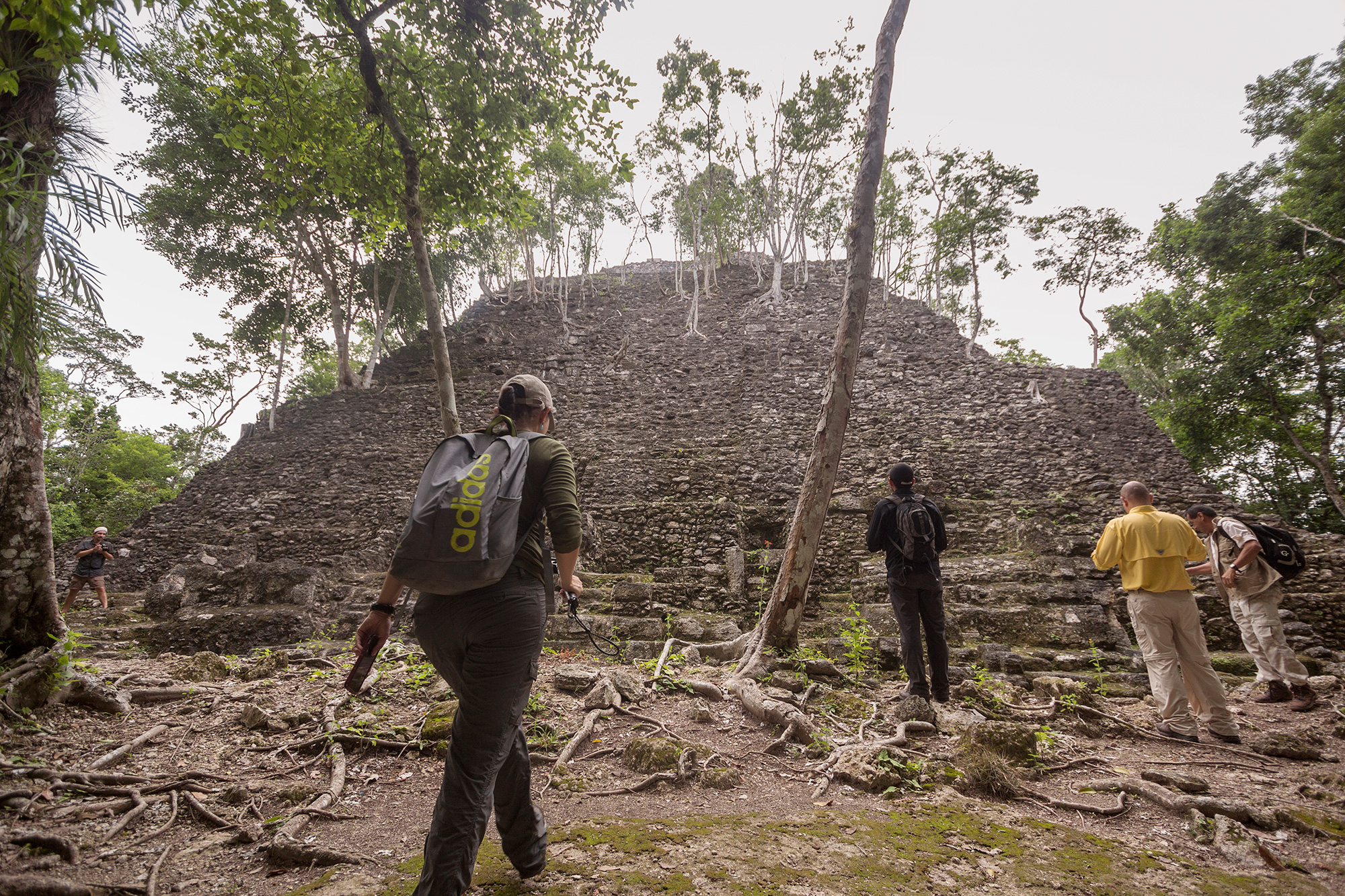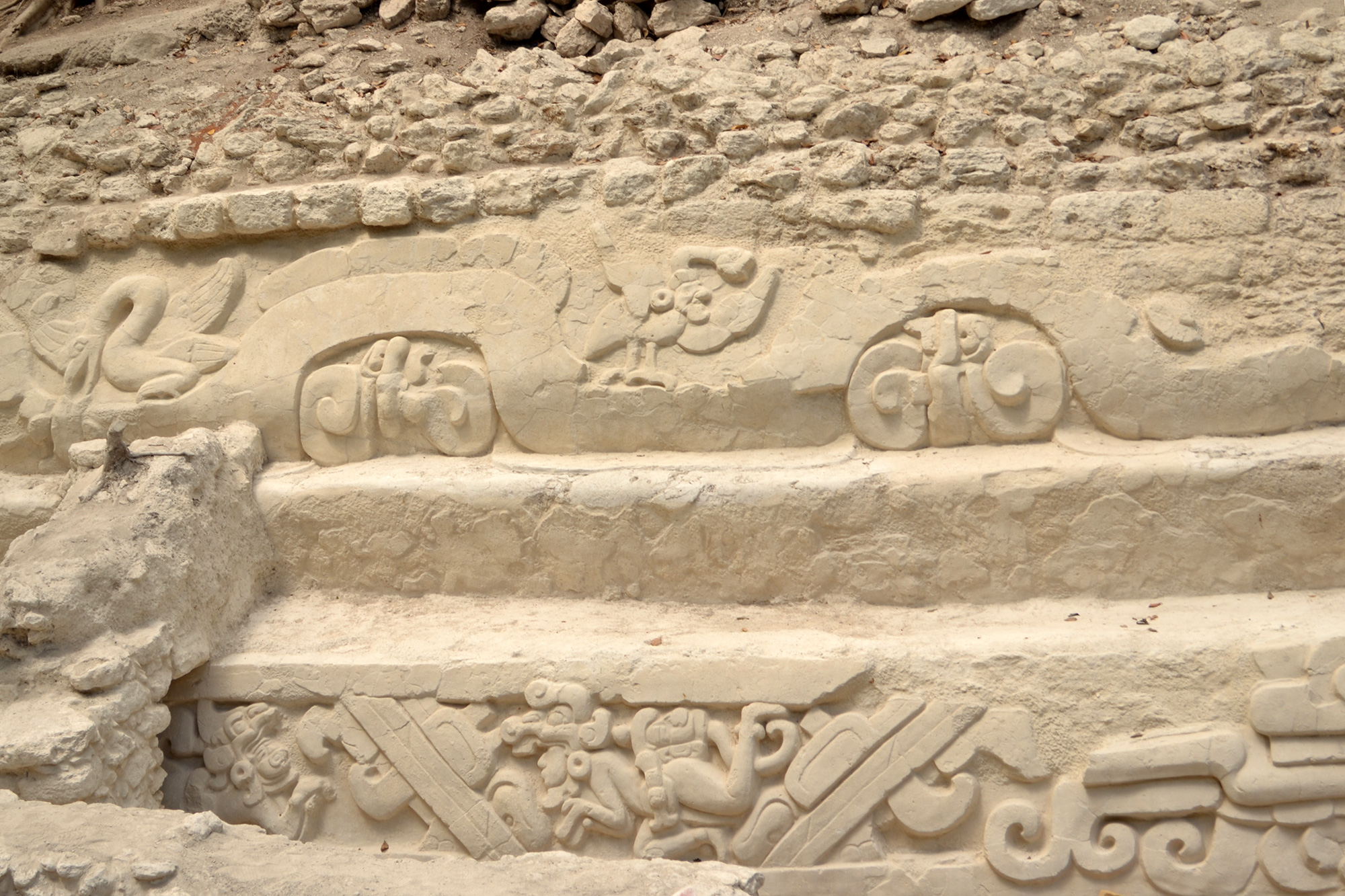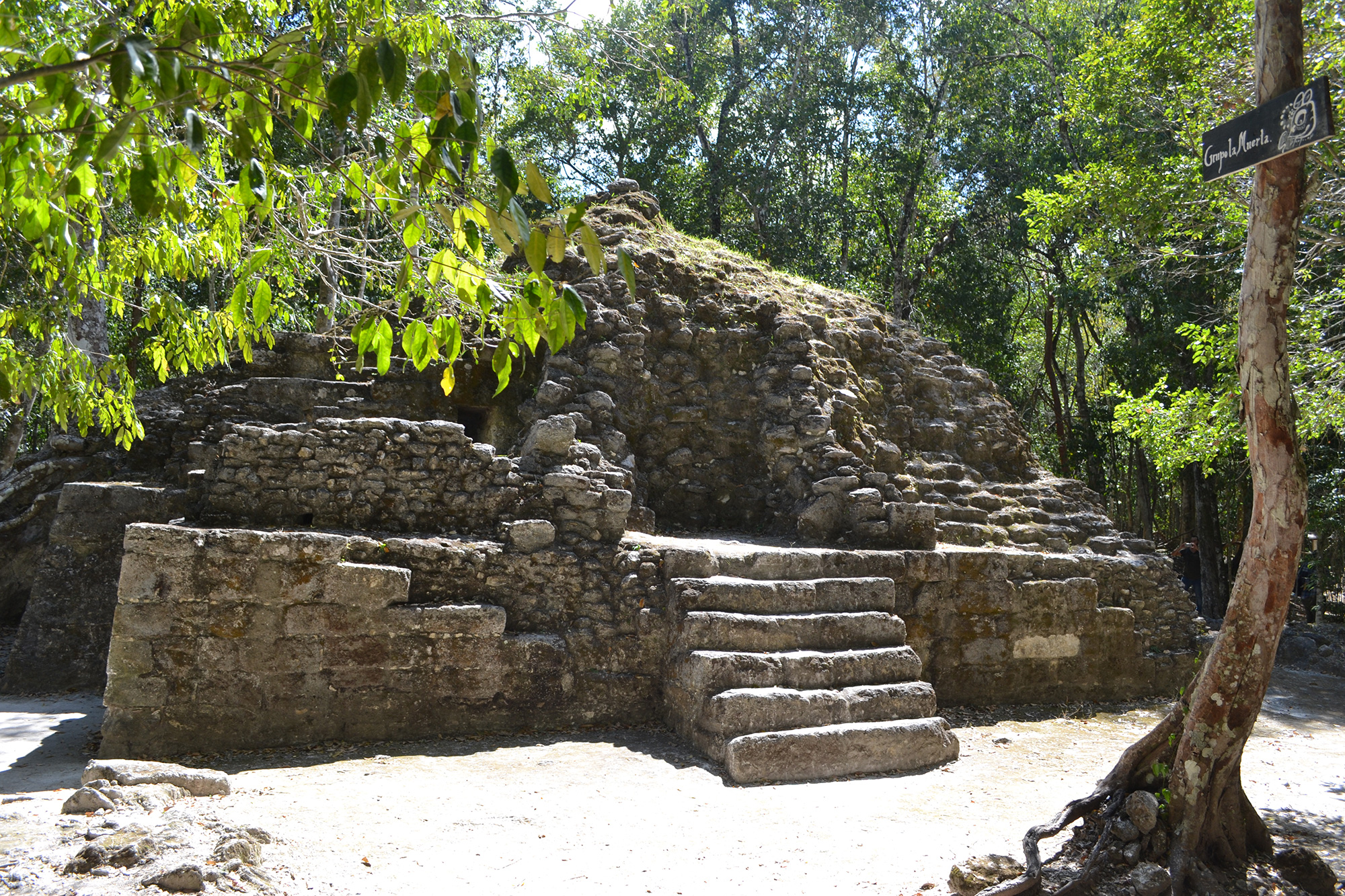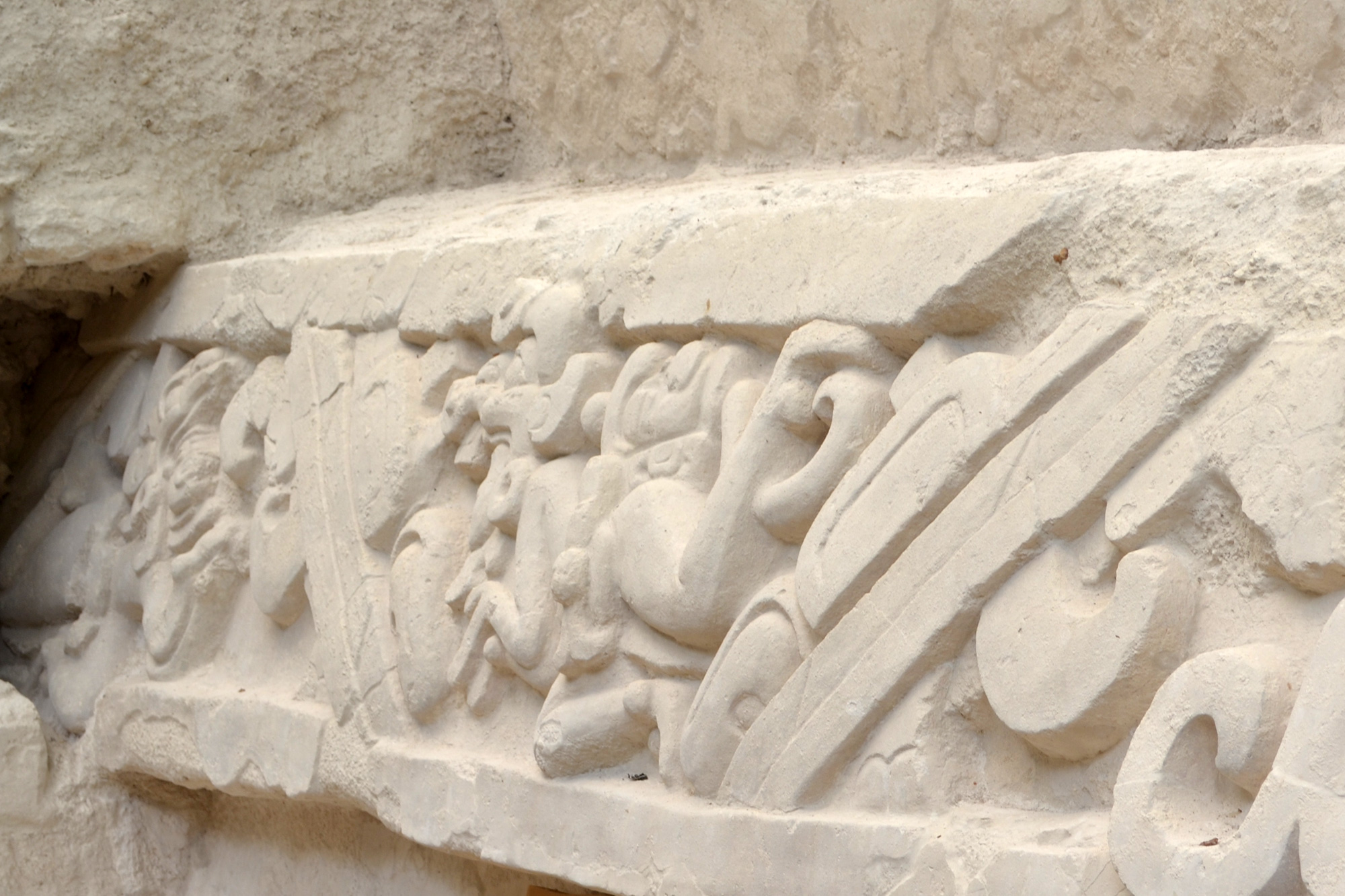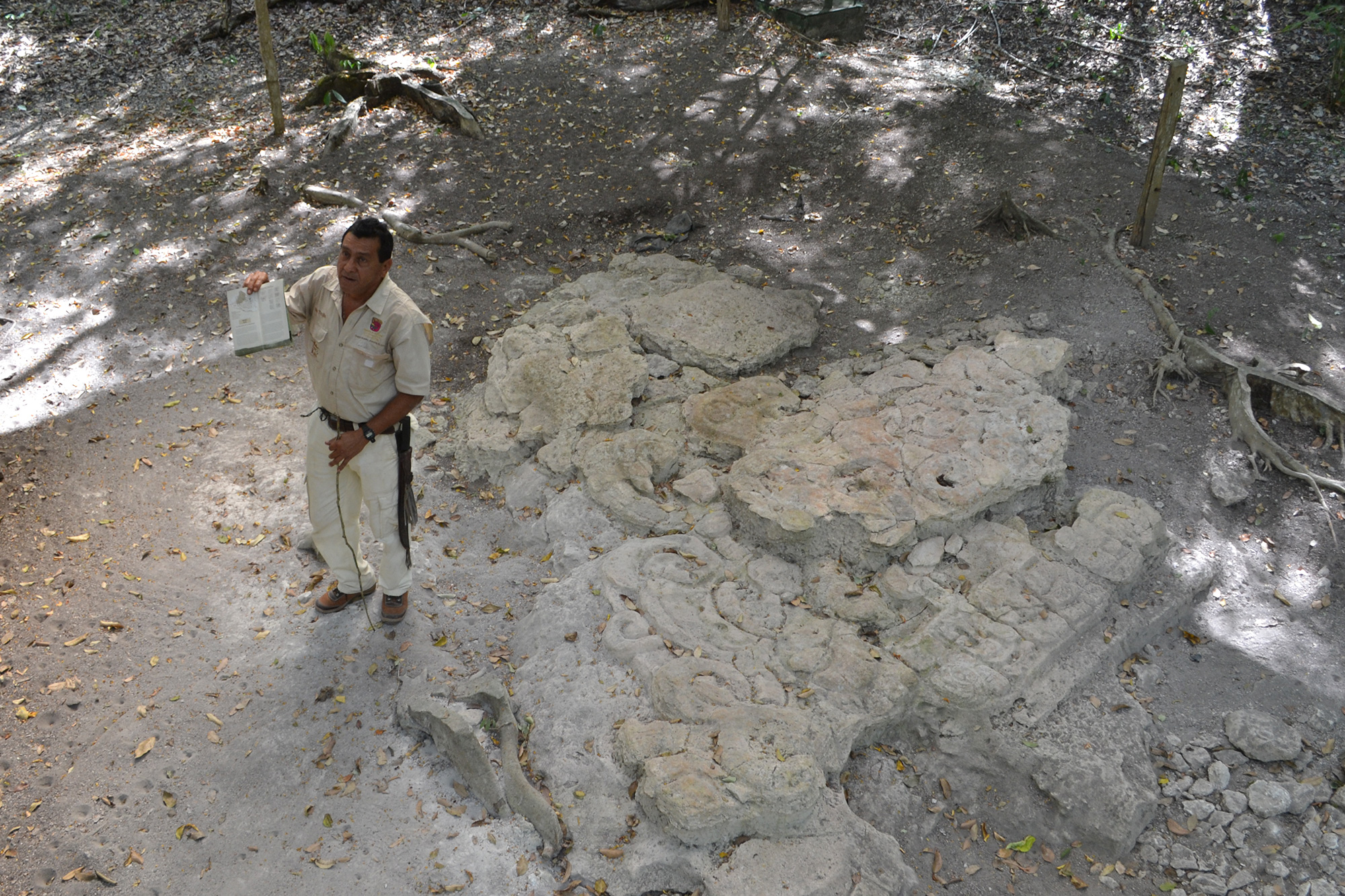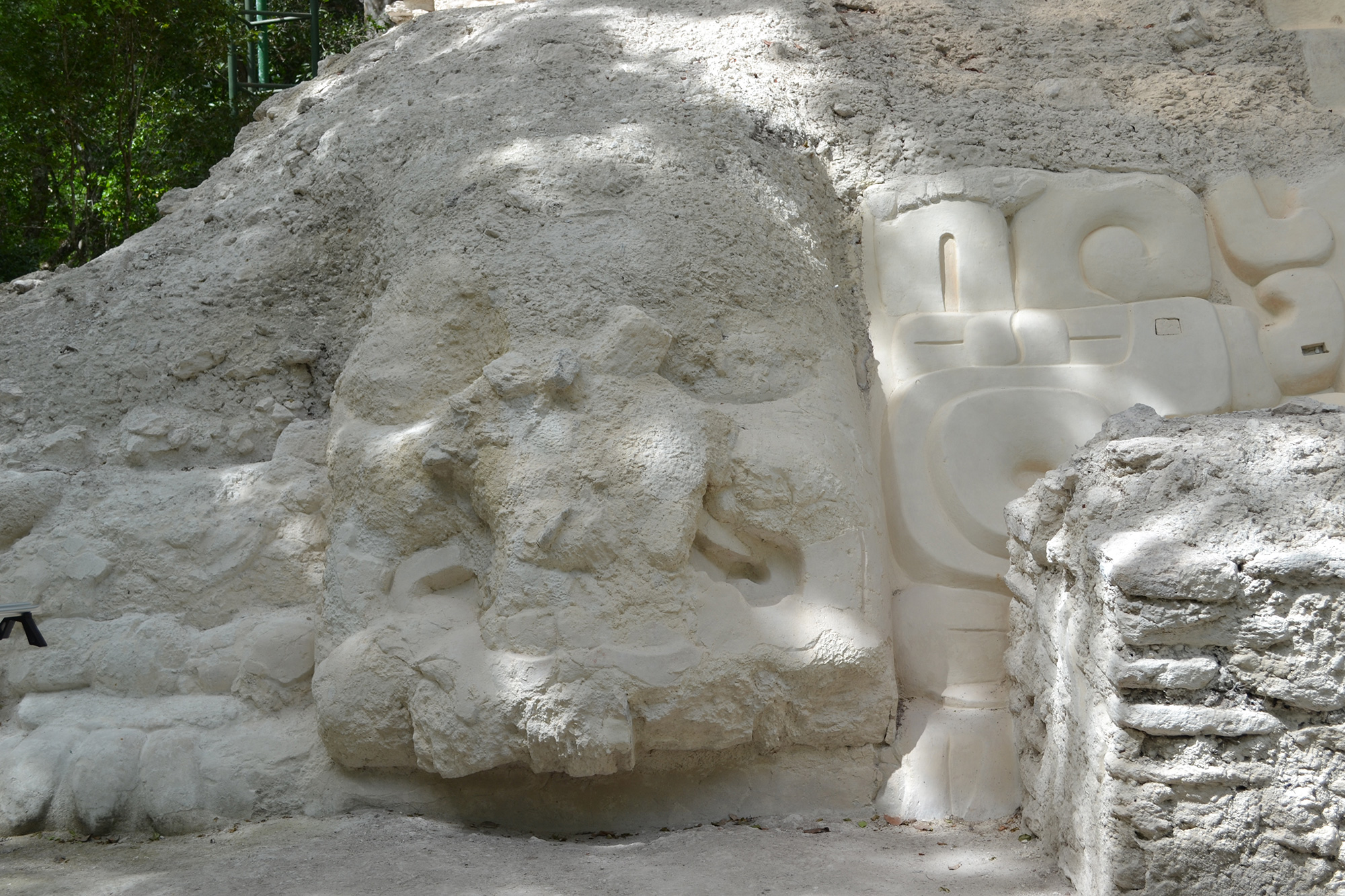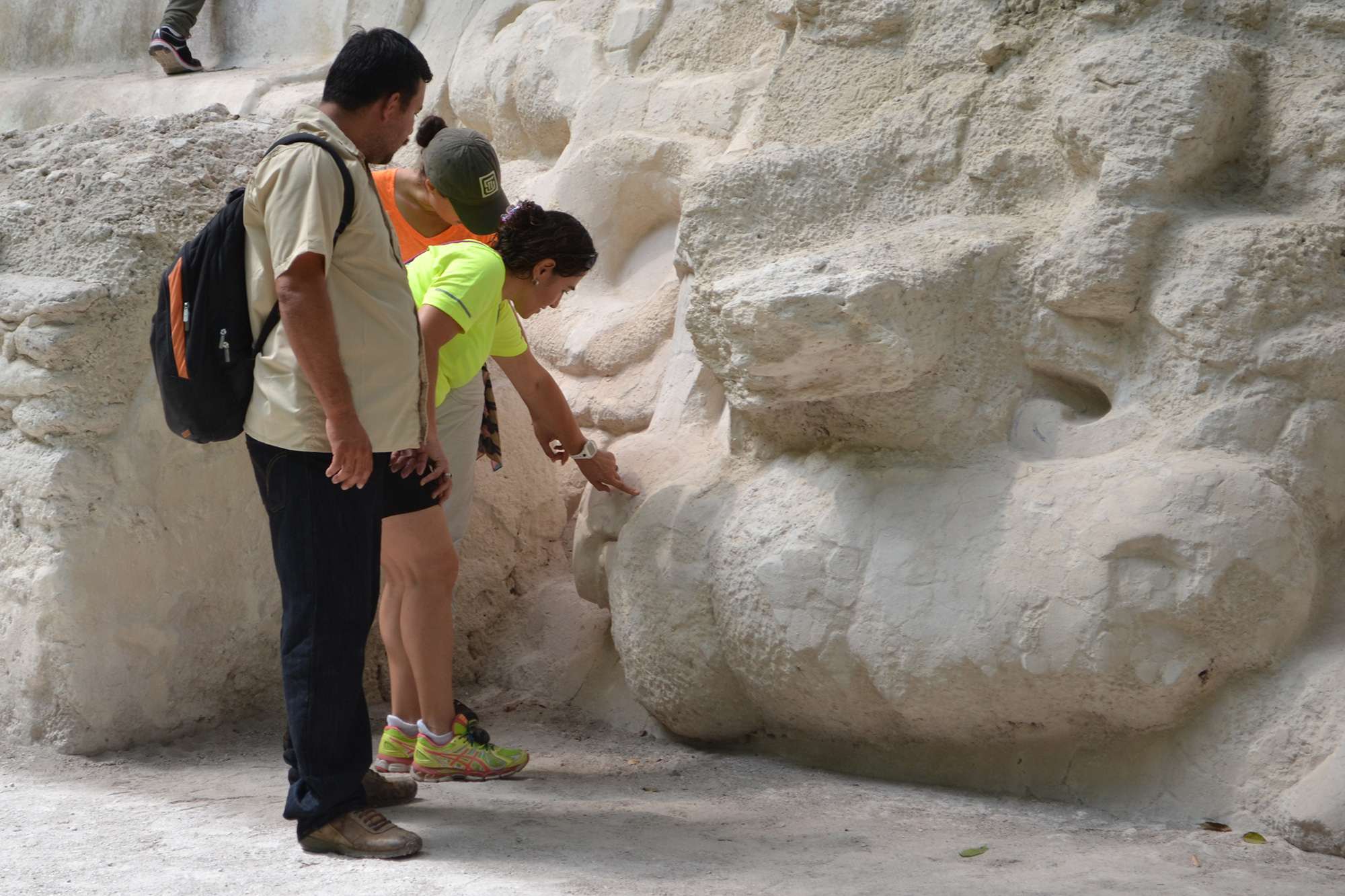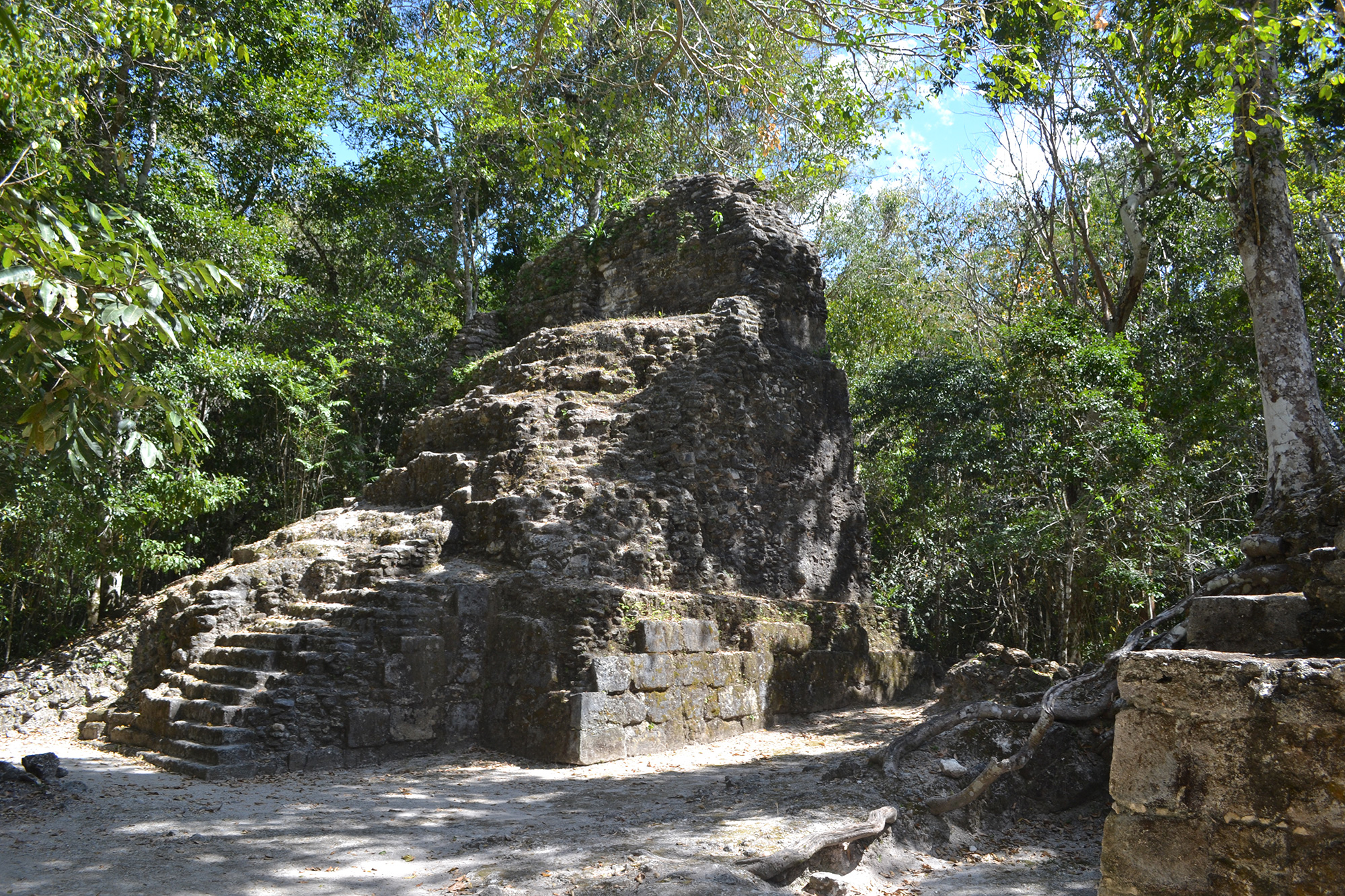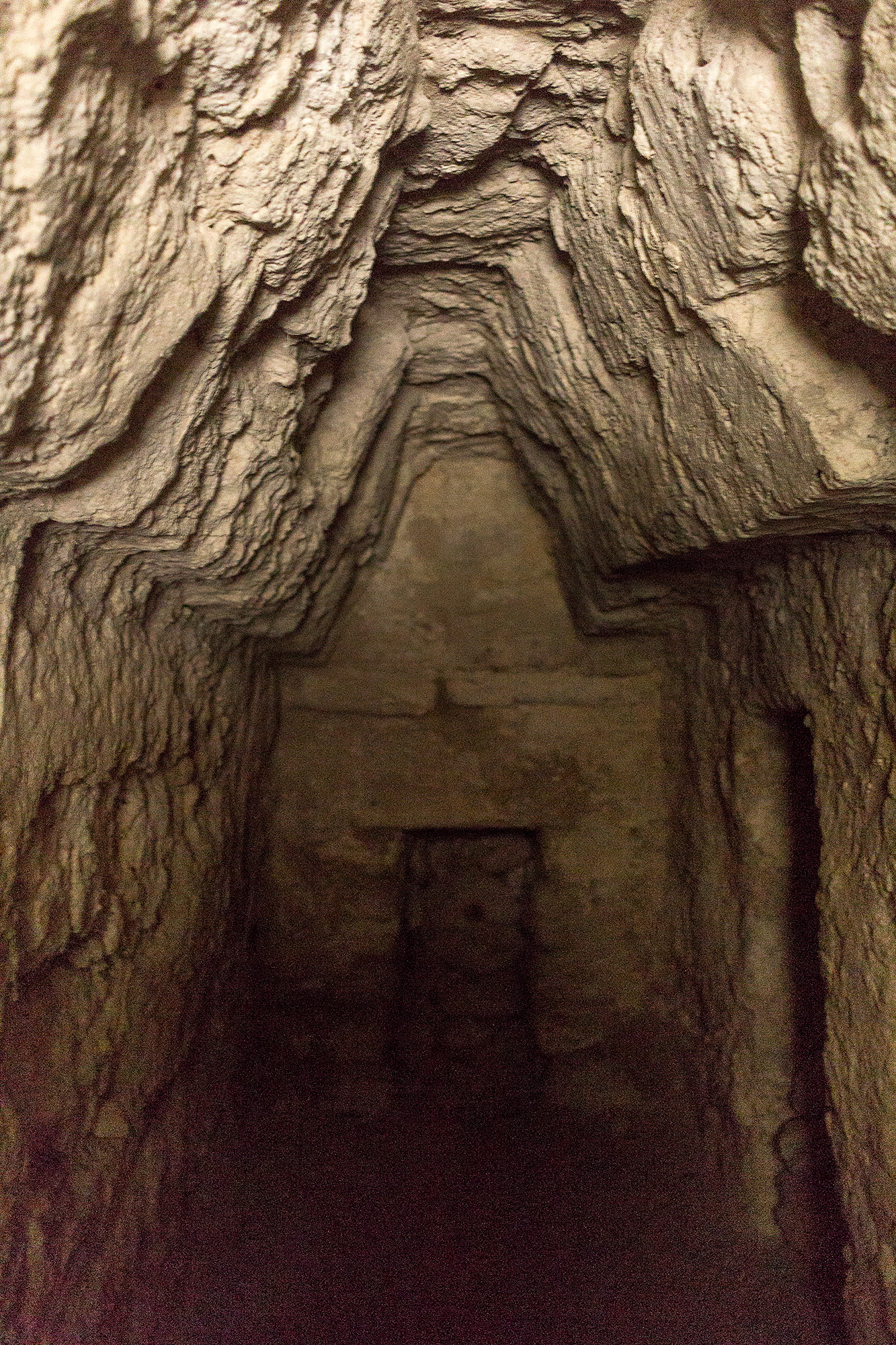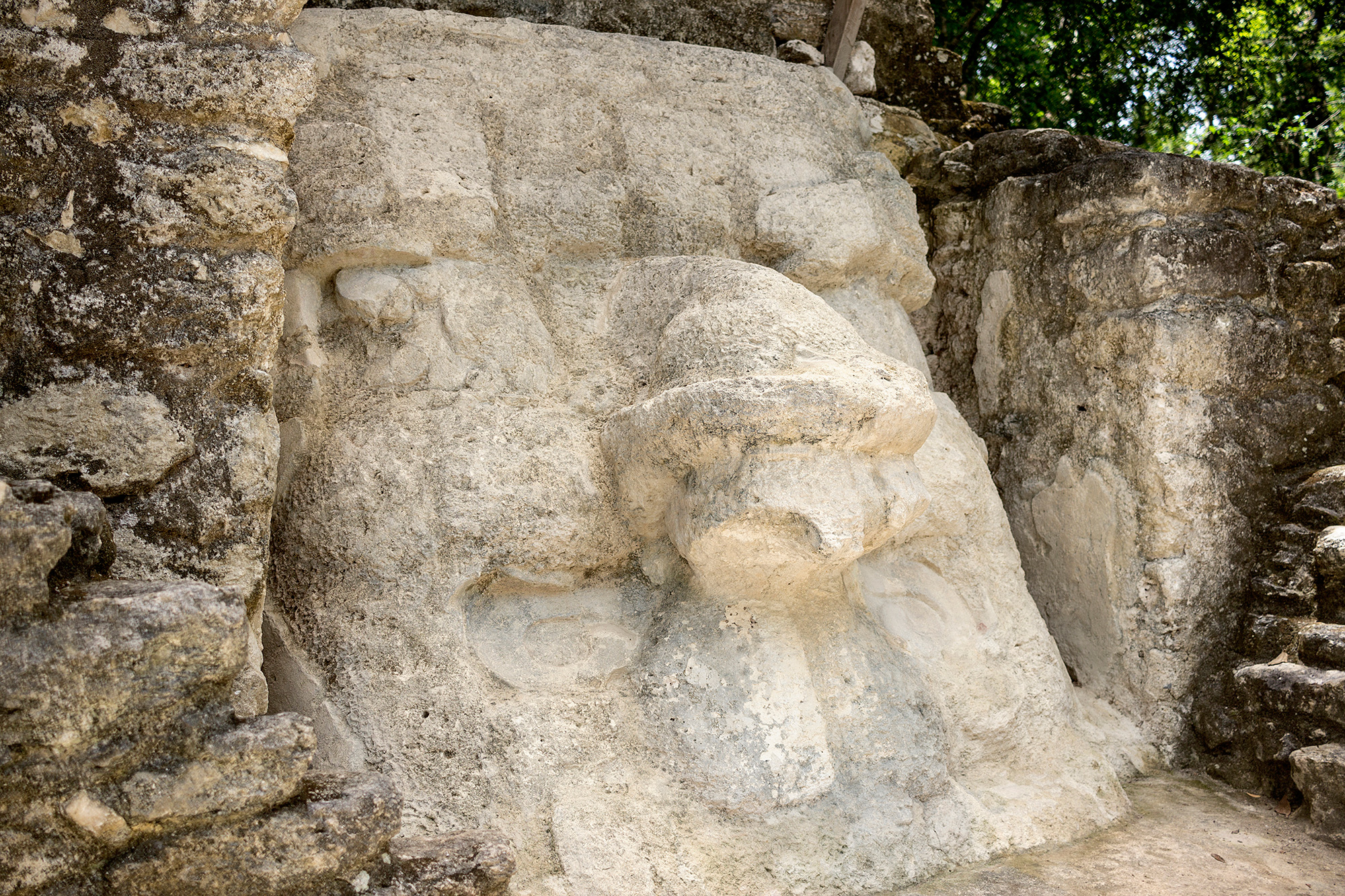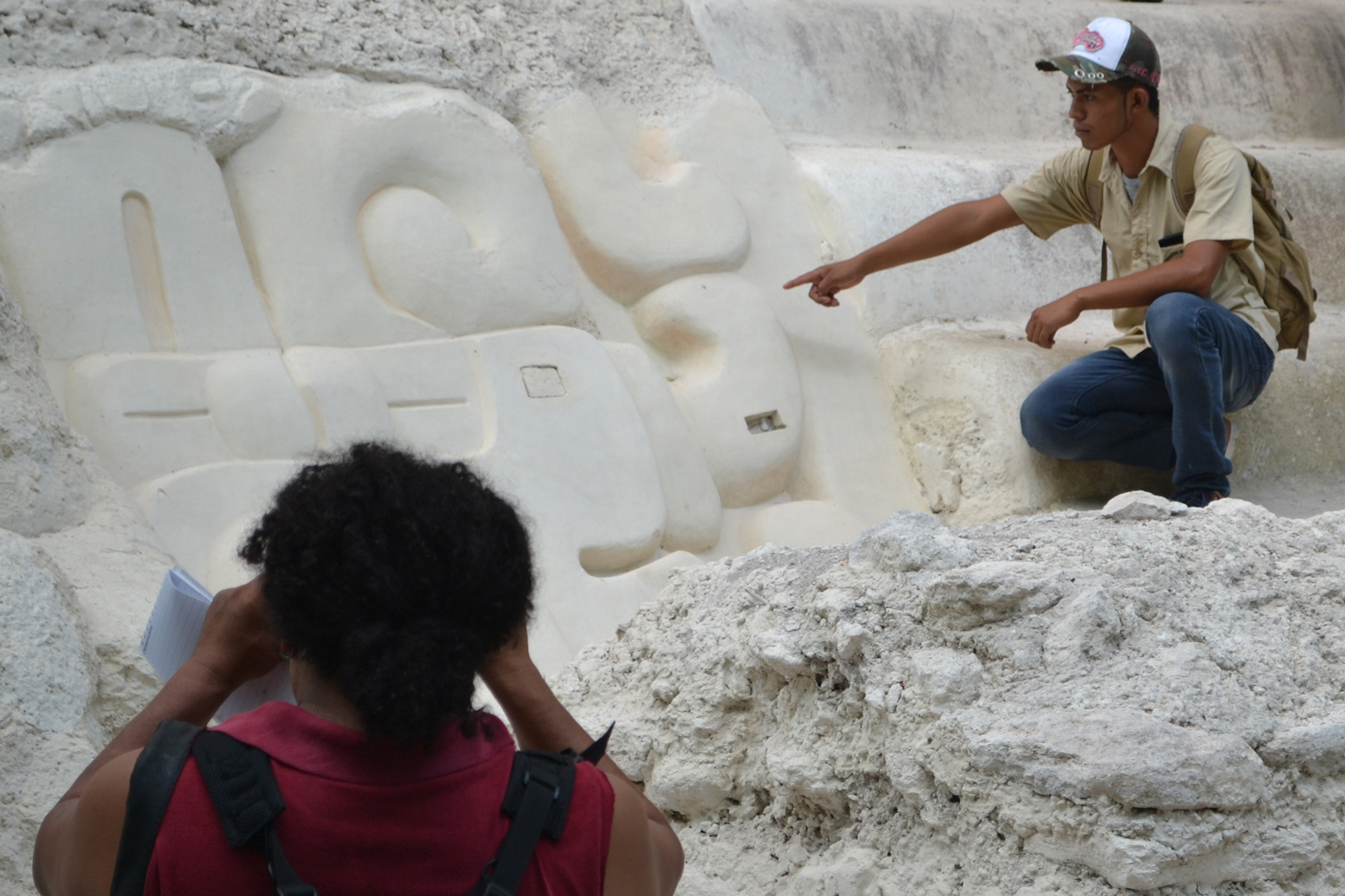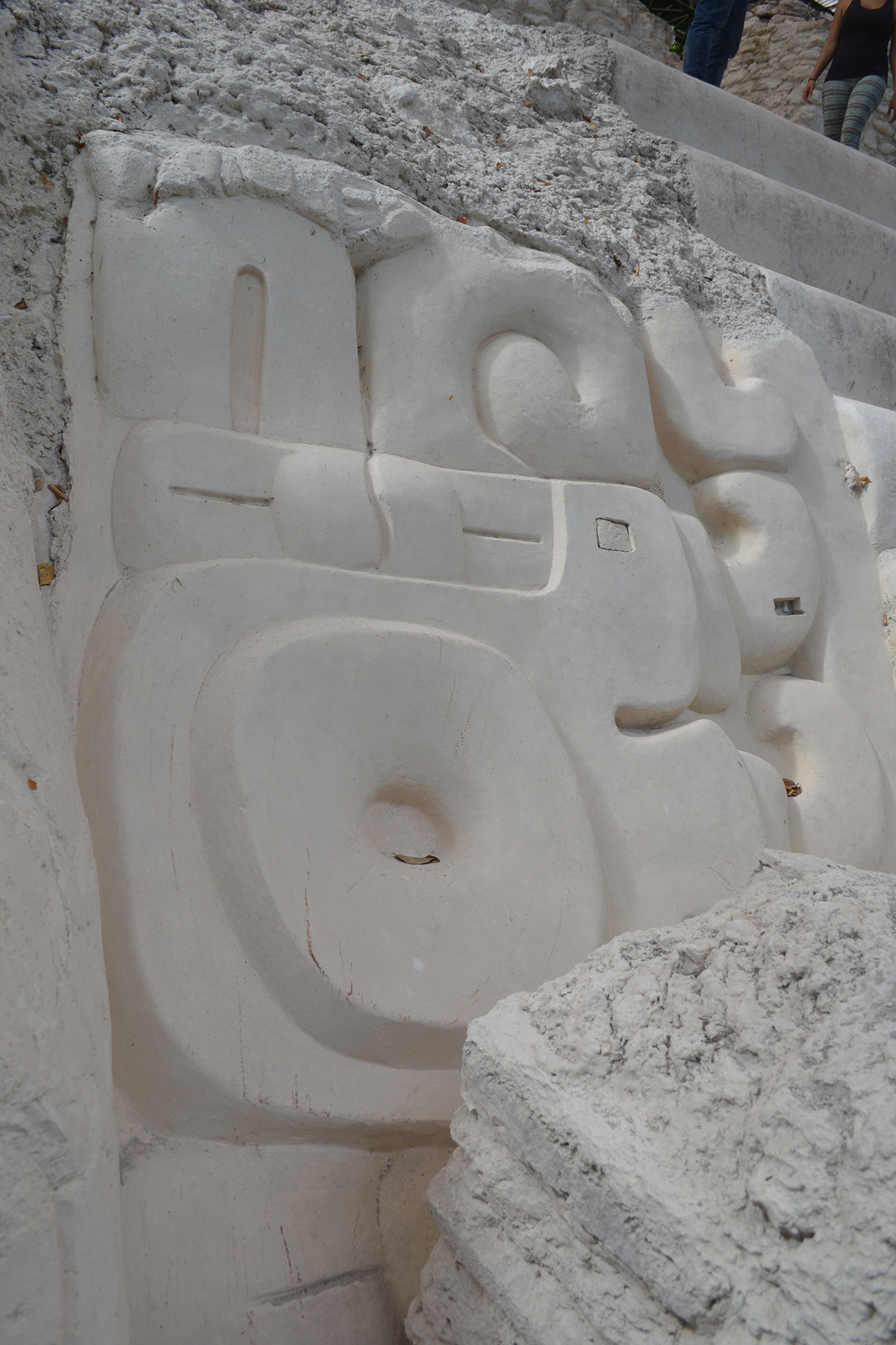The Kan Kingdom
The Serpent Dynasty
It was one of the two most important major Regional States of Mayan history, which was made up of a long list of major cities, as well as the secondary and rural settlements, organized through an alliance under the leadership of the Serpent Dynasty.
The Khan Kingdom took different forms and studies indicate that its capital changed its location throughout history. It is believed that Nakbé functioned as the first seat of political power in the Middle Preclassic (800 – 200 a.C.); and El Mirador is recognized as the capital during the Late Preclassic (200 BC – 250 AD) when it was the largest city in the entire region, it was communicated with other important centers through a network of extensive roads and had the ability to control long-distance trade routes.
In the Early Classic (250 – 550 AD), a large natural rock was carved in La Muerta, a secondary settlement of El Mirador, where one of the first examples of the Serpent-headed glyph appeared. At least 11 Codex Style vessels of the Late Classic period have also been studied, where long lists of rulers of the Khan Kingdom are recorded. They could refer to the dynasty that El Mirador directed during the Preclassic.
Some years later, the use of the Serpent Head glyph was recorded in the city of Dzibanche in Mexico, where the Dynasty may have settled after abandoning El Mirador area. However, after the year 630 AD the capital of the Khan Kingdom was located in Calakmul, Mexico, from where he led regional alliances that included important sites such as Caracol in Belize, as well as La Corona, Perú-Waka, El Zotz, Naranjo and Dos Pilas in Petén, Guatemala.
Throughout the Late Classic (550 – 900 AD), the clashes between the Khan Kingdom and Yax Mutal, today Tikal, were constant. The boundaries between the two regional states were modified after triumphs and defeats, but none of them achieved absolute dominance over the entire territory.
CRADLE OF CIVILIZATION
Some time ago it was believed that the technological advances that allowed the ancient Maya monumental construction of buildings and cities, among other characteristics, had been achieved until the Classic Period (250-900 AD).
However, constant research in the cities such of Nakbé, El Mirador and El Tintal, among others, revealed that even around 800 a.C. in cities such as Nakbé, ceremonial spaces of great dimensions were already being constructed, such as Triadic Pattern structures and Astronomical Commemoration Complexes. In a tradition that would continue for many more centuries, it would spread throughout the Mayan area and reach its splendor during the Classic period.





